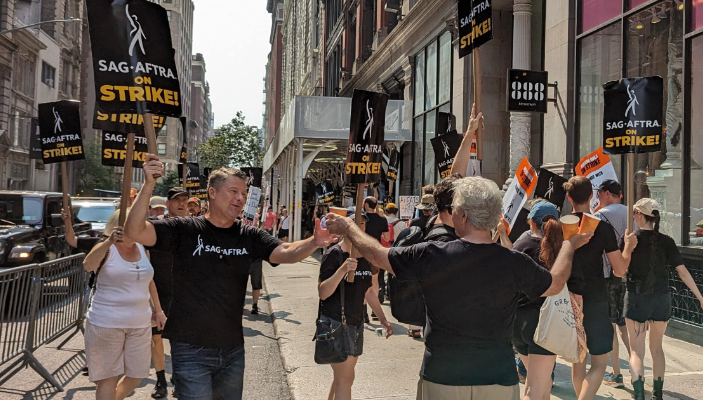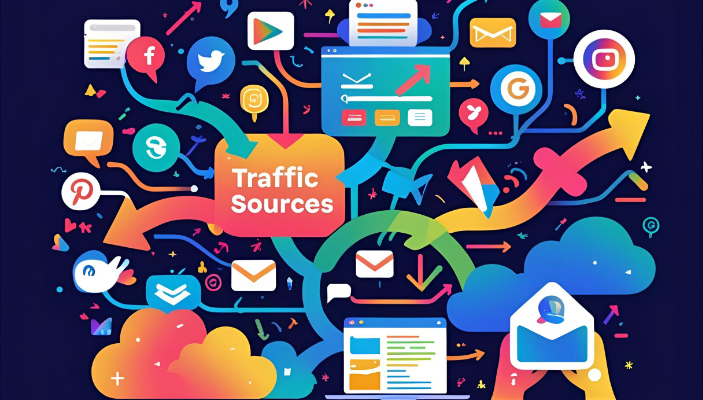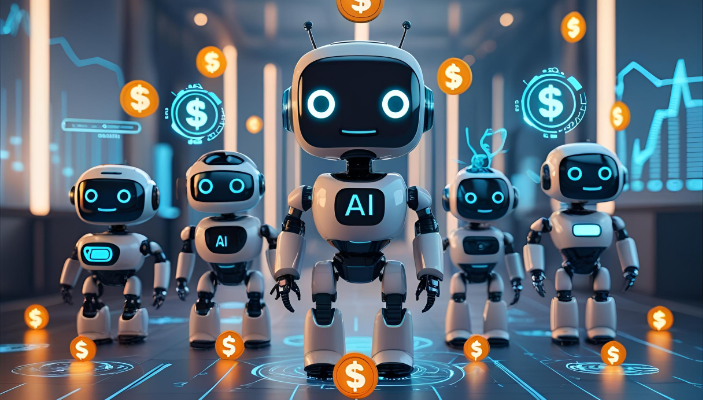The 2025 SAG-AFTRA video game strike has sparked a wide conversation across the entertainment industry, especially around the ethical use of artificial intelligence (AI), voice actors’ rights, and the future of interactive media. At its heart, this movement isn’t just about wages or recognition—it reflects a growing urgency to protect human creativity in a digital-first age.
In this in-depth article, we provide original insight into the strike, the hard-won terms of the new contract, and what it means for video game developers, voice actors, and gamers alike. Without exaggeration or buzzwords, we’ll explore how this agreement could reshape not just gaming but labor negotiations in all AI-impacted industries.
The Backdrop: What Led to the 2025 Video Game Strike
The strike stemmed from long-standing tensions between SAG-AFTRA (Screen Actors Guild – American Federation of Television and Radio Artists) and major video game companies. The prior contract, last renewed in 2017, failed to anticipate the role AI would soon play in character generation, voice modeling, and motion capture. By 2023, companies had begun using machine learning to replicate actors’ voices and movements—sometimes without renewed consent.
Actors pushed back.
Many reported being asked to sign away digital rights to their likenesses for decades. Some found their performances reused by synthetic versions of themselves without clear credit or compensation. This erosion of creative ownership was unacceptable to SAG-AFTRA’s membership.
The 2025 Contract: Key Updates That Matter
The new agreement offers a meaningful reset in the evolving relationship between creative professionals and digital technology.
1. Consent-Based AI Usage
Voice actors and motion capture performers must now give informed, specific consent for any AI-based replication. Companies are prohibited from reusing AI-generated performances unless explicitly permitted on a case-by-case basis.
Example: If a game studio wants to recreate a voice actor’s tone using machine learning, the actor must be told exactly how it will be used, for which projects, and for how long.
2. Clear Compensation Frameworks
Compensation has been restructured to account for both original and AI-augmented work. Performers will receive separate pay for voice recordings and for any subsequent use of AI-generated content based on their performance data.
3. Data Protection Standards
Studios are now obligated to handle actor data—including facial scans, voiceprints, and motion data—under new security protocols. Data can’t be shared with third-party vendors or used to train AI models unrelated to the original project.
4. AI Training Restrictions
The contract explicitly bars studios from using union members’ performances to train general-purpose AI models without negotiated terms. This clause blocks the unregulated expansion of synthetic voices based on union labor.
5. Enforcement Mechanisms
A new enforcement committee has been formed, consisting of union reps, game industry legal advisors, and tech experts. They’re tasked with ensuring contractual obligations related to AI, data privacy, and usage transparency are upheld.
How Voice Actors and Performers Are Reacting
The 2025 agreement has been met with cautious optimism. Many veteran voice actors have praised the guild’s efforts to protect their identity and artistic control in a rapidly shifting space.
A Common Sentiment:
“This contract doesn’t just protect me—it protects future artists who haven’t entered the industry yet.”
Younger performers, particularly those entering the gaming space for the first time, now feel better equipped to navigate voice licensing, AI consent, and residuals.
However, some performers continue to voice concern over the potential gray areas—such as what constitutes “derivative” content or how future game engine updates might reintroduce AI without consent.
The Game Industry’s Response: Resistance, Then Adaptation
Initially, many large studios—including AAA game publishers—pushed back on SAG-AFTRA’s proposals, citing creative limitations and budget concerns.
But as public support swelled for the union, game companies began to reevaluate. Several realized that investing in transparent contracts now could save them reputational damage and lawsuits later. Studios like Naughty Dog and CD Projekt Red even issued public statements supporting fair AI practices.
Industry insiders say the contract has already prompted internal reviews on:
- AI voice modeling practices
- Long-term licensing of digital avatars
- Narrative design strategies built around ethical AI use
AI in Gaming: Still Evolving, Still Controversial
AI is deeply embedded in modern video game development. From procedurally generated quests to AI voice modulation and facial animation blending, developers rely heavily on automation.
However, the SAG-AFTRA strike helped bring to light a crucial distinction:
AI can assist—but it should not erase or replace human creativity.
The 2025 contract recognizes the difference between using AI for efficiency versus exploiting it at the cost of the artist.
The agreement sets an early precedent for other entertainment mediums—TV, film, even social media influencers—who are also grappling with generative AI’s legal and ethical implications.
What This Means for Gamers
While most players won’t notice contractual changes in the credits screen, they will experience the impact in game quality, storytelling, and authenticity.
Voice acting is a cornerstone of immersion. With performers given more control over their work, we can expect:
- Richer, more emotionally resonant performances
- Better alignment between actors and characters
- Fewer uncanny or jarring AI-generated voices
Moreover, player communities are increasingly aware of labor ethics. Many gamers supported the strike and amplified actors’ concerns across Twitch, YouTube, and Reddit.
Looking Ahead: The Future of Labor in AI Entertainment
SAG-AFTRA’s 2025 contract could act as a model framework for other industries where creative labor intersects with machine learning. Music, film dubbing, audiobook narration, even influencer marketing are all vulnerable to unregulated synthetic content.
The contract signals a shift:
- AI isn’t going away—but it needs rules
- Human creativity deserves legal protection
- Consent and clarity are non-negotiable values
This strike won’t be the last of its kind. But it’s a bold start that others can learn from.
Final Thoughts
The SAG-AFTRA video game strike of 2025 was more than just a labor dispute—it was a watershed moment in the fight for creative integrity in the face of rapid technological change.
As we move deeper into an AI-driven world, artists, developers, and audiences alike must remain engaged. Ethical boundaries must evolve alongside innovation. And thanks to this contract, the line between what’s possible and what’s fair is clearer than ever.
5 Short FAQs
1. What is the SAG-AFTRA 2025 contract about?
It addresses the use of AI in video games, ensuring actors must consent to and be paid for AI-generated uses of their performances.
2. How does the contract affect video game developers?
Studios must now follow stricter rules for AI use, including actor consent, compensation, and data protection.
3. Can game studios still use AI voices?
Yes, but only with the original performer’s clear consent and under specific terms outlined in the contract.
4. Will this contract affect other industries?
Likely yes—it sets a precedent for music, film, and other sectors where AI intersects with creative work.
5. How do gamers benefit from this agreement?
Gamers get more authentic performances, better storytelling, and assurance that the games they play respect creative labor.




![Martha Stewart Style Rises in 2025 [Modern Aesthetic Trends]](https://blogss.online/wp-content/uploads/2025/07/Martha-Stewart-Style-Rises-in-2025-Modern-Aesthetic-Trends.png)

![7 AI Trends for 2025 Businesses Must Track [AI Strategy]](https://blogss.online/wp-content/uploads/2025/07/7-AI-Trends-for-2025-Businesses-Must-Track-.png)

[…] SAG-AFTRA Deal 2025: [AI, Gaming & Voice Actor Rights] […]